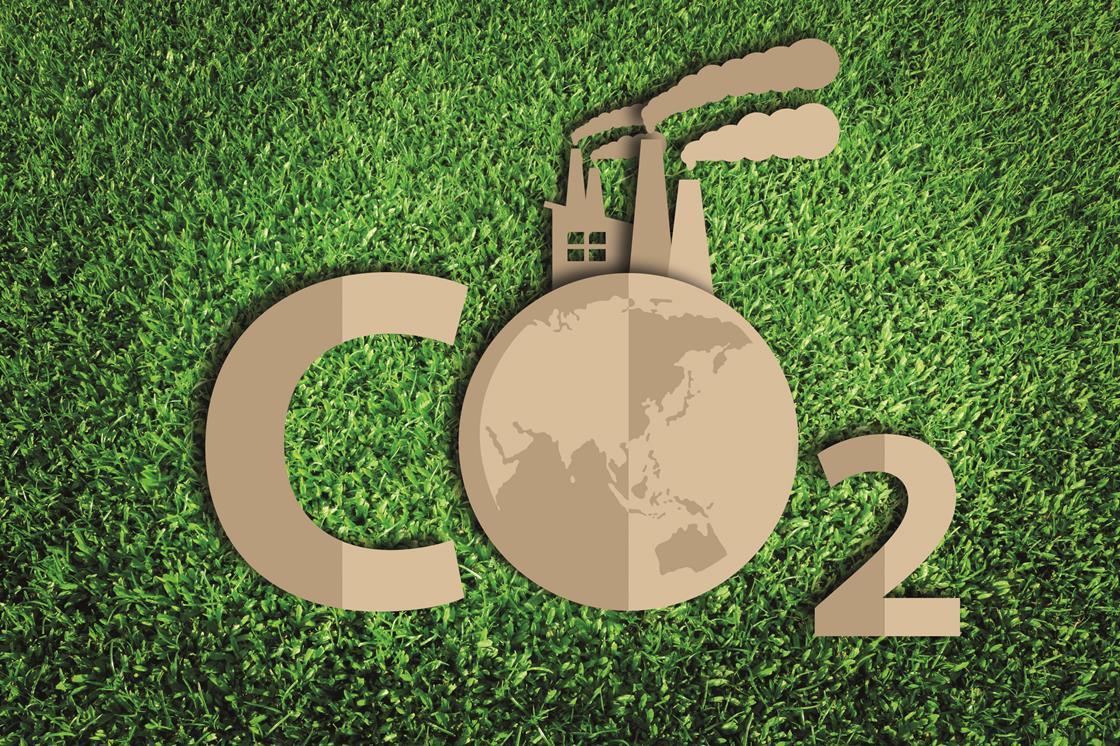
These facilities have an estimated combined capture capacity of 96 million tonnes of CO2 per annum.
That’s according to think tank the Global CCS Institute who has added 10 large-scale CCS facilities to its database.
Eight of the new facilities are in the US and cover applications such as ammonia production, ethanol production, power, direct air capture, and integrated commercial storage hubs.
CO2 storage hubs, which can store large amounts of CO2, remove barriers to CCS investment and help to bring down costs.
“These carbon capture and geologic storage projects across multiple industries and different regions of the country underscore how the revamped federal 45Q tax credit, coupled in some cases with Department of Energy (DOE) funding for engineering, is stimulating early project development and investment,” said Brad Crabtree, Vice-President for Carbon Management at the Great Plains Institute and director of the Carbon Capture Coalition.
“This is just the beginning—we will see even more projects emerge as soon as the US Treasury comes out with its long-delayed guidance on the 45Q credit.”
The US-based projects are the result of a combination of sustained government support for CCS deployment and progressive incentive mechanisms triggering private sector action, explains the Global CCS Institute.
These include the 45Q tax credit and the eligibility of CCS to receive credits under California’s Low Carbon Fuel Standard (LCFS).
The project update also comes on the heels of the US DOE announcing $110m in federal funding for CCS, including support for Front-End Engineering Design (FEED) Studies for nine CCS projects.
“CCUS plays an important role in reducing emissions and in carbon dioxide removal in the Intergovernmental Panel on Climate Change’s pathways that can limit warming to 1.5-2.0 degrees Celsius,” said Karl Hausker, Senior Fellow, World Resources Institute Climate Program.
“I am encouraged that a diverse set of projects are moving forward across a variety of sectors and applications.”
A further two projects announced by Oxy Low Carbon Ventures, which already operates the Century Plant CCS facility, have also been added to the Global CCS Institute’s database.
They include capturing the CO2 from two ethanol facilities, as well as the largest direct air capture project to date, aimed at capturing 1 Mtpa of CO2.
The projects are expected to be designed to be eligible for both 45Q and the LCFS. In addition to the projects it is leading, the company also announced a letter of intent for a CO2 offtake agreement with a carbon-negative fuel production facility recently.
The global project pipeline also includes important technology developments including what could become the first large-scale direct air capture (DAC) project, as well as what could become the first large-scale CCS application on a natural gas power plant with the UK-based Clean Gas Project.
In the Middle East, Abu Dhabi National Oil Company (ADNOC) is adding a second CCS plant to its portfolio.
The company is also operating the first CCS project on a steel plant. CCS, which is seen as vital to achieving climate goals, enjoys broad and diverse support.
This new wave of CCS projects update comes ahead of the release of the Global Status of CCS 2019 Report on 9th December at COP25.
The report is the Global CCS Institute’s annual, flagship report and details progress, policies and projects on CCS globally.
